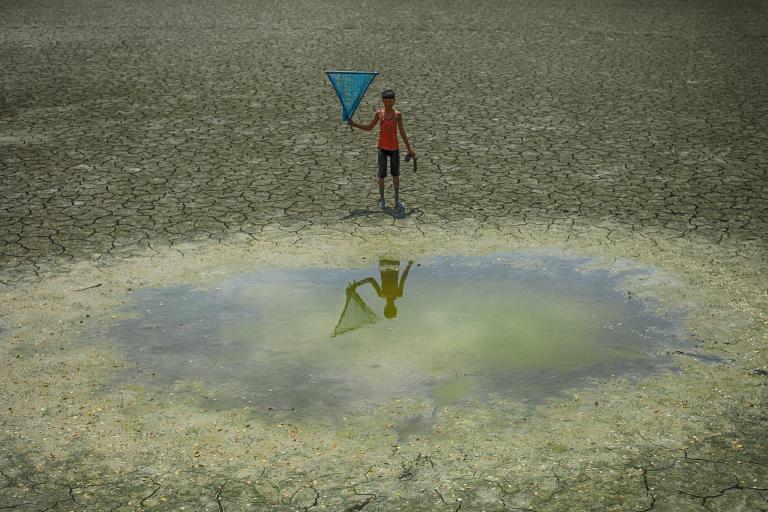State of Global Water Resources report informs on rivers, land water storage and glaciers
The World Meteorological Organization has published its first State of Global Water Resources report in order to assess the effects of climate, environmental and societal change on the Earth’s water resources. The aim of this annual stocktake is to support monitoring and management of global freshwater resources in an era of growing demand and limited supplies.

The report gives an overview of river flow, as well as major floods and droughts. It provides insights into hotspots for changes in freshwater storage and highlights the crucial role and vulnerability of the cryosphere (snow and ice).
The report shows how large areas of the globe recorded drier than normal conditions in 2021 - a year in which precipitation patterns were influenced by climate change and a La Niña event. The area with below-average streamflow was approximately two times larger than the above-average area, in comparison to the 30-year hydrological average.
The impacts of climate change are often felt through water – more intense and frequent droughts, more extreme flooding, more erratic seasonal rainfall and accelerated melting of glaciers – with cascading effects on economies, ecosystems and all aspects of our daily lives. And yet, there is insufficient understanding of changes in the distribution, quantity, and quality of freshwater resources, said WMO Secretary-General Prof. Petteri Taalas.









